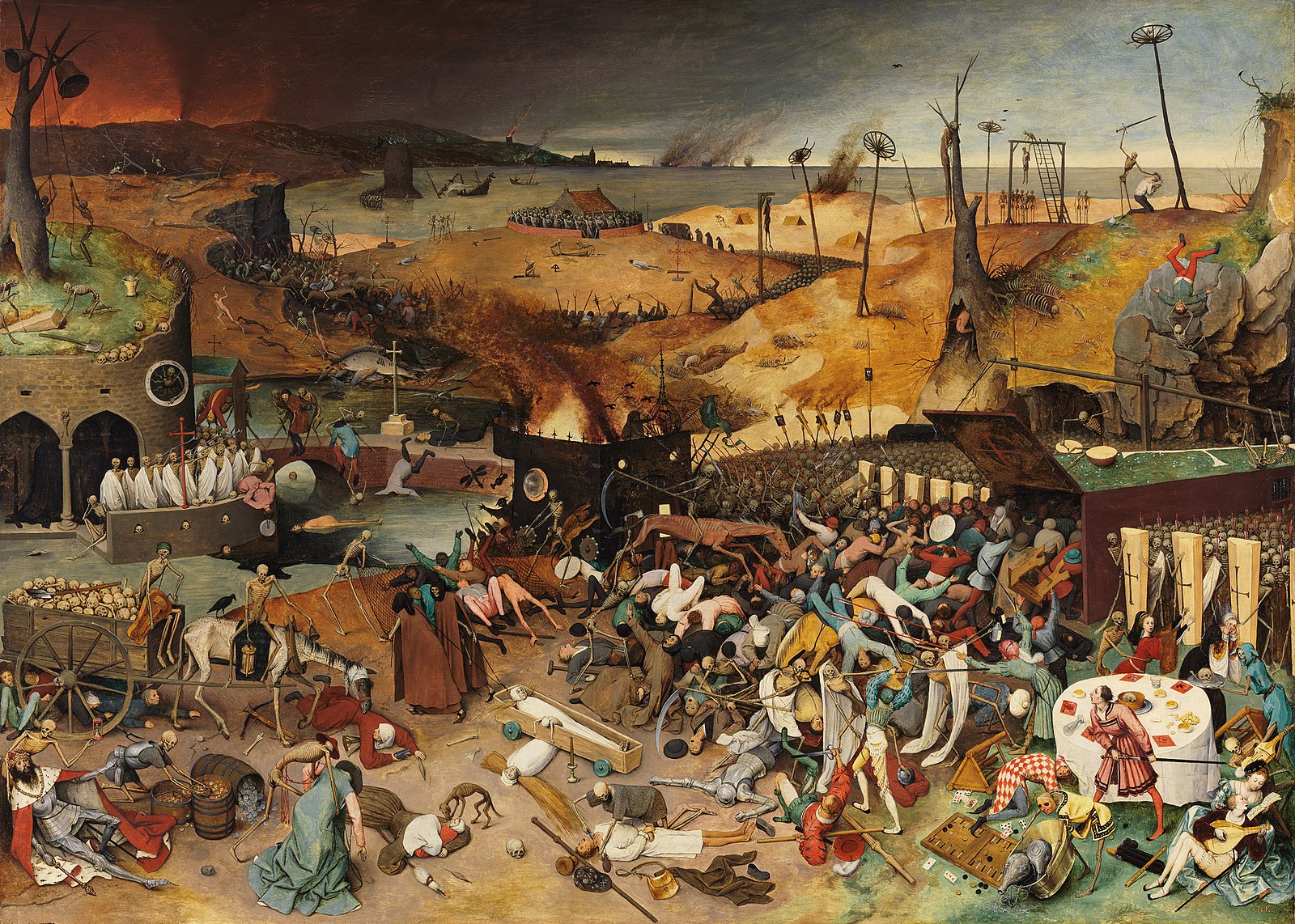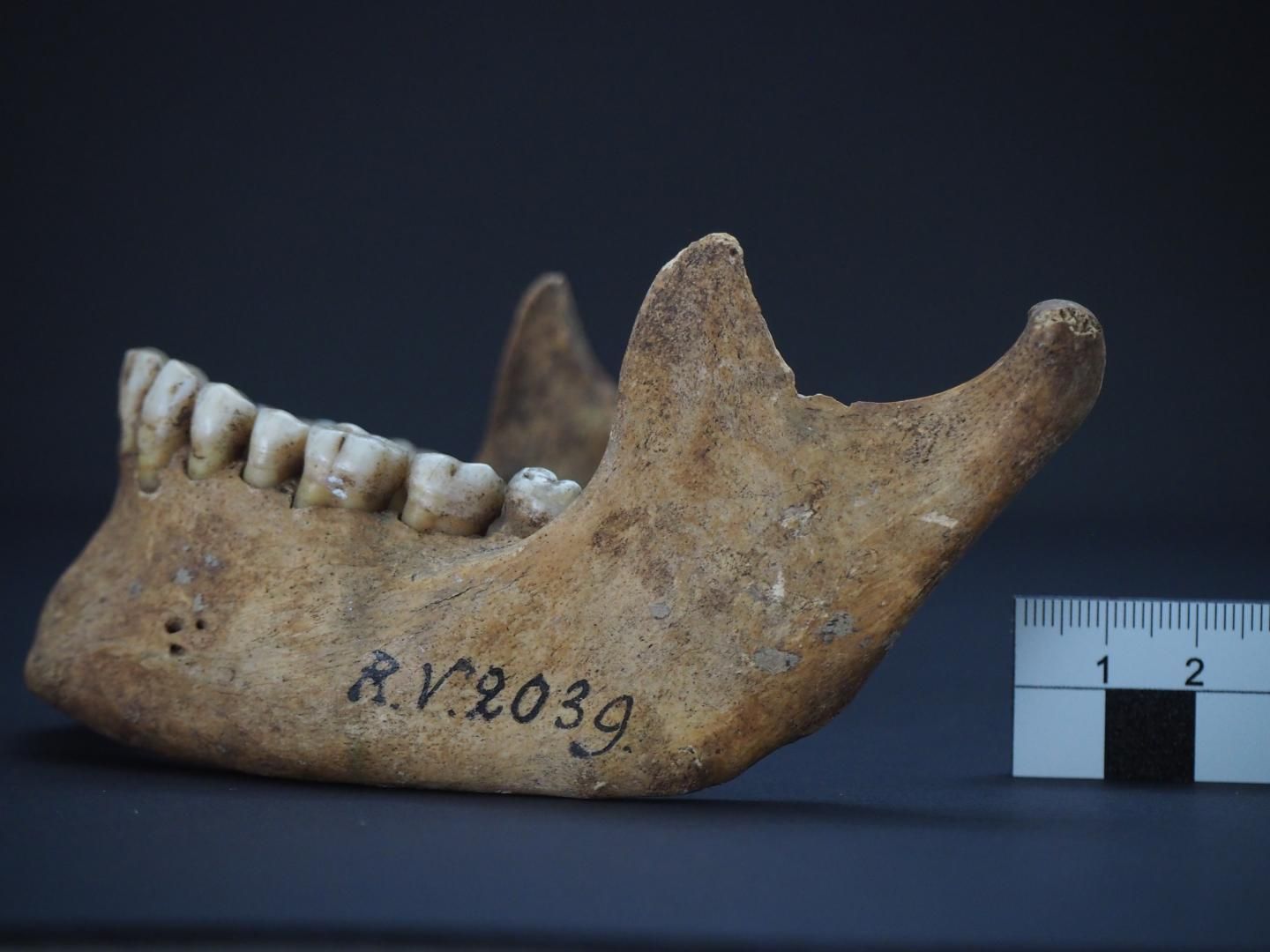
Researchers believe they have discovered the origins of the bubonic plague, also known as the Black Death pandemic, more than 600 years after it killed tens of millions in Europe, Asia, and North Africa.
Black Death: Origin identified

An international team of researchers may have unlocked the origins of the black death, the deadliest and largest pandemic in human history. The bubonic plague killed anywhere from 10 to 200 million people across Europe, Africa, and Asia between 1346 and 1353. According to estimates, it killed up to 60 percent of the population in Europe, Africa, and the Middle East. Researchers were successful in pinpointing the source of the disease in a region in Kyrgystan. This was possible from the analysis of DNA remains from an ancient burial.
“We managed to actually put to rest all those centuries-old controversies about the origins of the Black Death,” said Philip Slavin. Slavin is a historian from the team of researchers who published their work in Nature on Wednesday. He is an associate professor at the University of Stirling in Scotland. His fascination with the Black Death helped in catching an intriguing clue in a work from 1890/ The study describing an ancient burial site in present-day northern Kyrgystan reported a spike in burials between 1338 to 1339. Additionally, the tombstones of the diseases mentioned people dying from “mawtānā“. As per Salvin, mawtānā is teh term for “pestilence”.
Tombstones reveal more about the plague

The team scrutinized over 460 tombstones of deaths between 1248 and 1345, i.e., the years leading up to the bubonic plague’s outbreak.
“When you have one or two years with excess mortality it means that something funny was going on there. But it wasn’t just any year — 1338 and 1339 was just seven or eight years before the Black Death,” stated Salvin. After extracting DNA and comparing it against thousands of microbial genomes in the database, they discovered black death as the cause.
“One of the hits that we were able to get… was a hit for Yersinia pestis,” stated Maria Spyrou. Spyrou is a researcher from the University of Tuebingen. The DNA was extracted from the teeth of seven people. This is because teeth may contain blood vessels and give “high chances of detecting blood-borne pathogens that may have caused the deaths of the individuals,” she explained. She also added that DNA displayed “characteristic damage patterns”. The team also reconstructed the bacterial genome and found the strain at the site.






